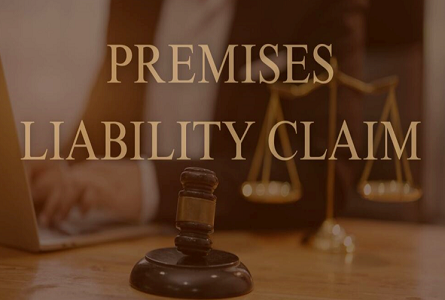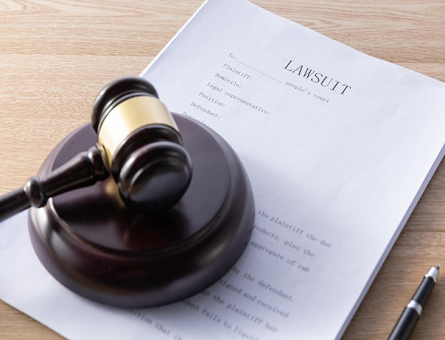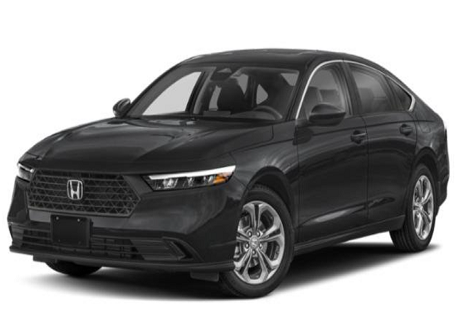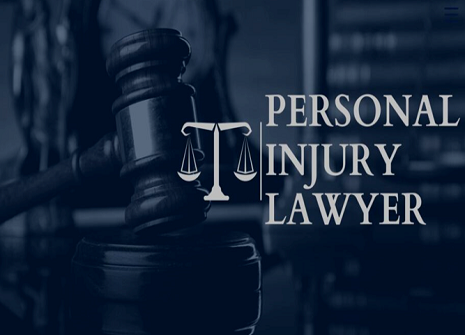 Wildfires don’t just destroy land—they devastate lives. If you’ve suffered losses due to a mountain fire, you may be entitled to significant compensation for your damages. Understanding what you can recover is the first step toward rebuilding.
Wildfires don’t just destroy land—they devastate lives. If you’ve suffered losses due to a mountain fire, you may be entitled to significant compensation for your damages. Understanding what you can recover is the first step toward rebuilding.
California is no stranger to catastrophic mountain fires, with blazes like the Camp and Dixie fires leaving lasting scars. These disasters cause property damage, injuries, and emotional trauma, making legal action essential for victims. A skilled California mountain fire lawyer from Bernheim Law Firm can help you navigate the claims process and fight for what you deserve.
From medical bills to lost income, the right legal team can ensure you recover every dollar you are owed. Here’s what you may be compensated for after a mountain fire.
Types of Damages You Can Recover After a Mountain Fire
Mountain fires often leave behind more than physical destruction—they create financial burdens lasting for years. In California, fire victims can pursue compensation through personal injury claims, property damage lawsuits, or mass tort litigation, depending on the circumstances. Understanding the types of damages available is essential to ensure you seek full recovery.
Property Damage
One of the most immediate and visible losses from a wildfire is the destruction of property. Homes, vehicles, and personal belongings can be reduced to ashes within minutes.
You may be compensated for:
* The repair or replacement cost of your home and other structures
* Personal belongings such as furniture, electronics, and clothing
* Landscaping, fencing, and other outdoor improvements
* Temporary housing or relocation costs
Under California law, including Civil Code § 3281, victims have the right to recover damages for any “detriment proximately caused” by another’s wrongful act. If negligence, such as faulty power lines or improper land maintenance, contributed to the fire, those responsible may be held liable.
Medical Expenses
If you suffered burns, smoke inhalation, or other injuries during a mountain fire, the cost of treatment can quickly add up. Victims are entitled to recover all past, current, and future medical expenses related to their injuries.
These may include:
* Emergency room visits
* Hospitalization
* Rehabilitation and physical therapy
* Mental health treatment for trauma or PTSD
* Prescription medications and medical devices
Even seemingly minor injuries like smoke inhalation can lead to long-term respiratory issues, making medical compensation critical for both immediate and future care.
Lost Income and Loss of Earning Capacity
Fires don’t just destroy homes—they disrupt lives and livelihoods. Many victims find themselves unable to return to work due to injuries, mental trauma, or the loss of their workplace.
You may be entitled to:
* Wages lost while recovering or relocating
* Lost business income for self-employed individuals
* Loss of future earnings if your ability to work is permanently affected
This is especially important in rural mountain communities where tourism, agriculture, or local services form the backbone of the economy, industries that are particularly vulnerable to fire damage.
Emotional Distress and Mental Anguish
Survivors of wildfires often face long-term psychological effects. The trauma of escaping a fire, losing a home, or witnessing injury can have lasting consequences.
California allows for compensation for emotional distress in personal injury and property damage claims. According to California Civil Code § 3333, victims can recover non-economic damages for pain, suffering, and mental anguish, mainly when the fire was caused by negligence or reckless behavior.
Symptoms might include:
* Anxiety or panic attacks
* Insomnia or nightmares
* Depression or mood disorders
* Post-Traumatic Stress Disorder (PTSD)
Even if physical injuries are absent, the psychological toll of a wildfire should not be underestimated.
Wrongful Death Damages
Tragically, not everyone survives a mountain fire. In such cases, surviving family members may file a wrongful death claim under California Code of Civil Procedure § 377.60.
Compensation may cover:
* Funeral and burial expenses
* Loss of the deceased’s income and support
* Emotional loss and loss of companionship
* Medical costs incurred before death
These claims help families honor their loved ones while pursuing justice and accountability.
Punitive Damages in Cases of Gross Negligence
Punitive damages may be awarded if the fire was caused by gross negligence or intentional misconduct, such as utility companies ignoring fire hazards or delaying maintenance. These are not meant to compensate the victim but to punish the wrongdoer and deter future misconduct.
California courts consider punitive damages in cases where the defendant’s actions were particularly reckless or malicious, as outlined in Civil Code § 3294.
Final Thoughts
Mountain fires in California are devastating, both physically and emotionally. But knowing your rights and the types of compensation available can be a decisive step toward recovery. Whether you’ve lost a home, sustained injuries, or are grappling with emotional trauma, the law provides pathways for justice and relief. Understanding these categories of damages can make all the difference as you begin to rebuild your life.







